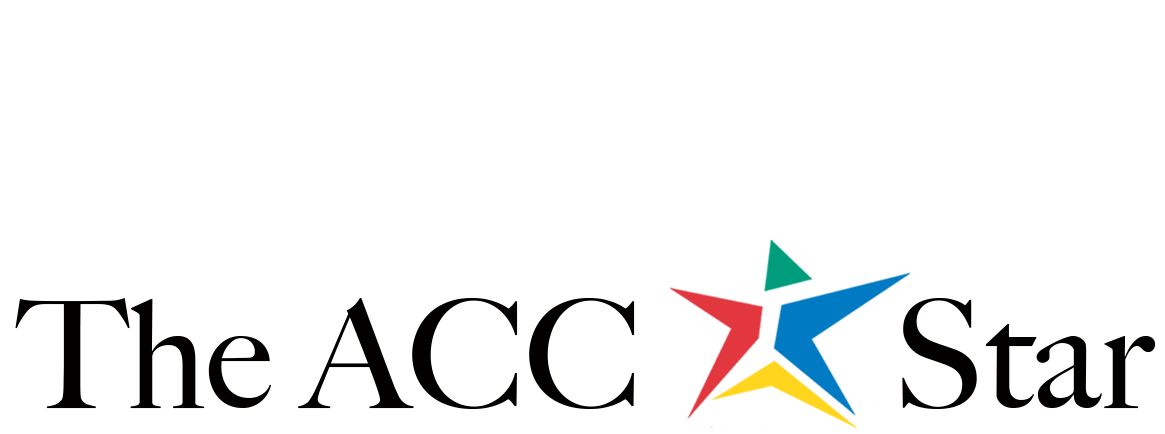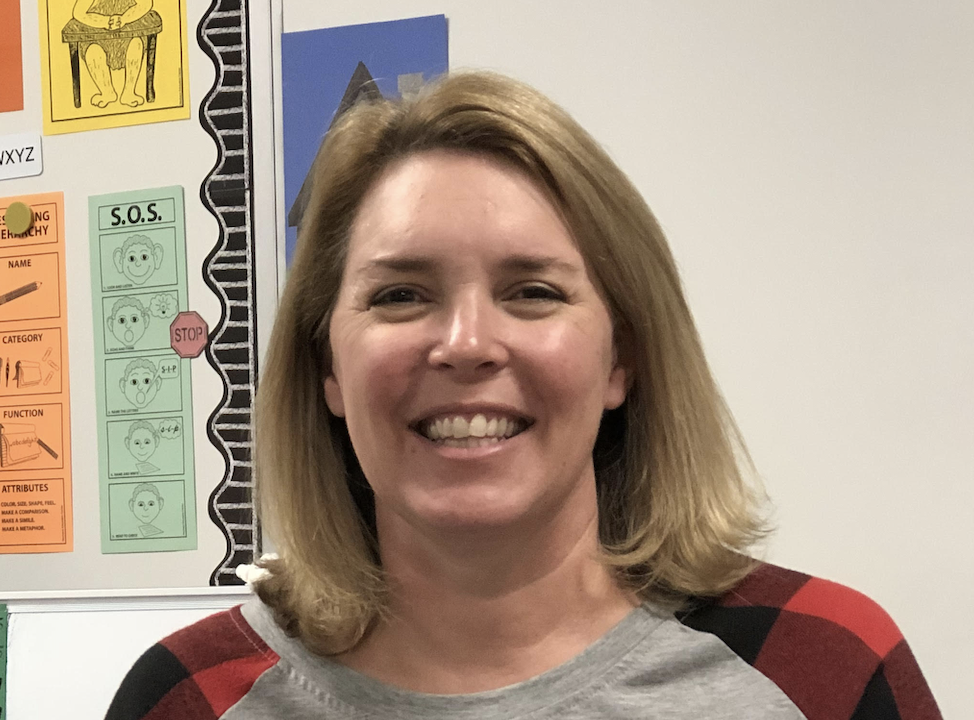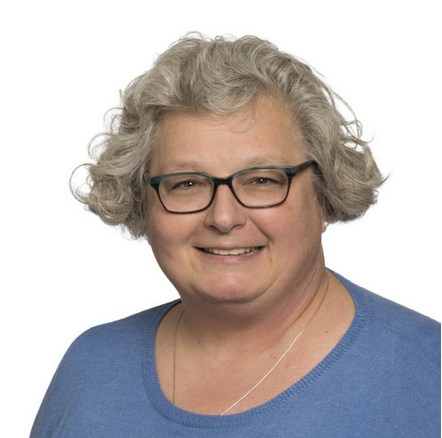(By RYAN GUSTAFSON)
PFLUGERVILLE — Amanda Gustafson watches as her former student walks across the stage, accepted into the National Junior Honor Society. Amanda was the one who helped her find out about her dyslexia and got her the help she needed to learn to her fullest potential.
The mother of the student turns around in her seat, points to Amanda, and says, “This is because of you, that my daughter has reached this accomplishment.”
Amanda is a dyslexia intervention teacher at Mott Elementary School in the Pflugerville Independent School District. She regularly provides dyslexia interventions for her students and helps evaluate students for possible dyslexia or dysgraphia.
Now in her third year as a dyslexia intervention teacher, Amanda has been an educator for 20 years. She has had many titles and has taught many students since she began teaching, starting as a third-grade instructor in 1997.
She then became a mentor for first-year teachers, later transitioned into being an instructional coach, and finally entered into her current role.
She first heard about the job when there was an opening at Mott. At that point she he had been an instructional coach for seven years but had spent a lot of time in the dyslexia intervention teacher’s course beforehand.
“I would watch her teach the lessons and I was very intrigued by the process, by the science behind reading so I was excited about it,” she says.
Amanda said the main reason she was considering the job was because of her brother. When she was in elementary school, she would watch him continuously struggle with his reading, usually doing his homework even though she was two years younger than him.
They found out years later that her brother had dyslexia when he was younger, and she was able to see how much he struggled with it without the help he needed.
“People with dyslexia are really smart, and he has proven that,” she says. “I just wanted to be that person for those kids and help them learn how to read since he didn’t get help when he was in school.”
When Amanda decided she wanted to pursue this new role, she began the training necessary to begin teaching. The school district sent her to the Rawson Saunders Institute in Austin, Texas.
There she was put into a program where she learned how to teach students with dyslexia and dysgraphia, a neurological disorder that creates difficulties with spelling and putting thoughts on paper.
She said that the most challenging part of her training was letting go of the responsibilities of her previous job as an instructional coach. Being an instructional coach for several years, she had gotten used to working with teachers and assisting them with how to teach lessons to their students.
“I had to transition my focus to the students I now work with, instead of the teachers that I worked with,” she says. After all of her training, Amanda was called by her principal, who told her that the committee chose her as the new dyslexia intervention teacher and congratulated her on her new title.
“My principal called me crying because she was sad that I no longer would be the instructional coach for her, but was excited that they chose me as the dyslexia intervention teacher,” she says.
Ever since then, Amanda feels like she now has a deeper understanding of how students learn to read, and can use that to help her students who are in need of better reading skills. She says her favorite part of her job is being able to work with students again.
“It had been a while since I had been instructing students on a day-to-day basis,” she says. “Those relationships that I build with my students and the parents of my students are really amazing.”
Pam Shellenberger, the librarian at Mott Elementary School, works regularly with Amanda and said that she believes what Amanda does best as a dyslexia intervention teacher is the relationships she makes with her students.
“The way she connects with her students on a deep level and helps them learn through their disabilities in a welcoming environment is very inspiring,” Pam says of her colleague.
Amanda anticipates retiring in the next seven years. Until then, she plans on continuing to be a dyslexia intervention teacher, providing help to students in need and helping people like her brother learn to their fullest potential.
Editor’s Note: Amanda Gustafson is the mother of the ACC Star’s Ryan Gustafson, who wrote this profile.




